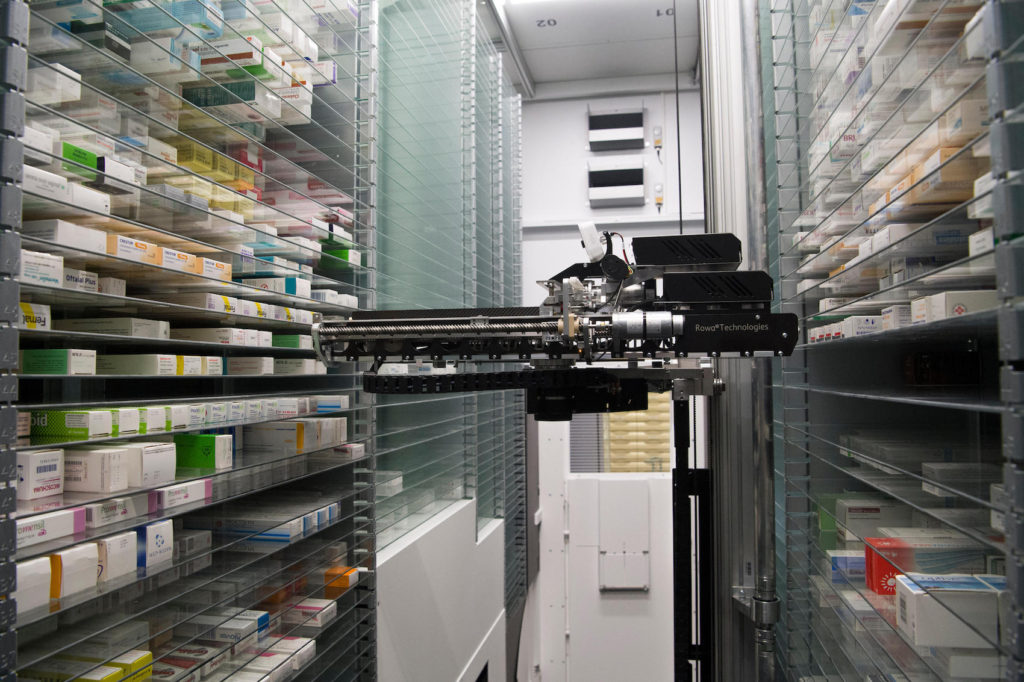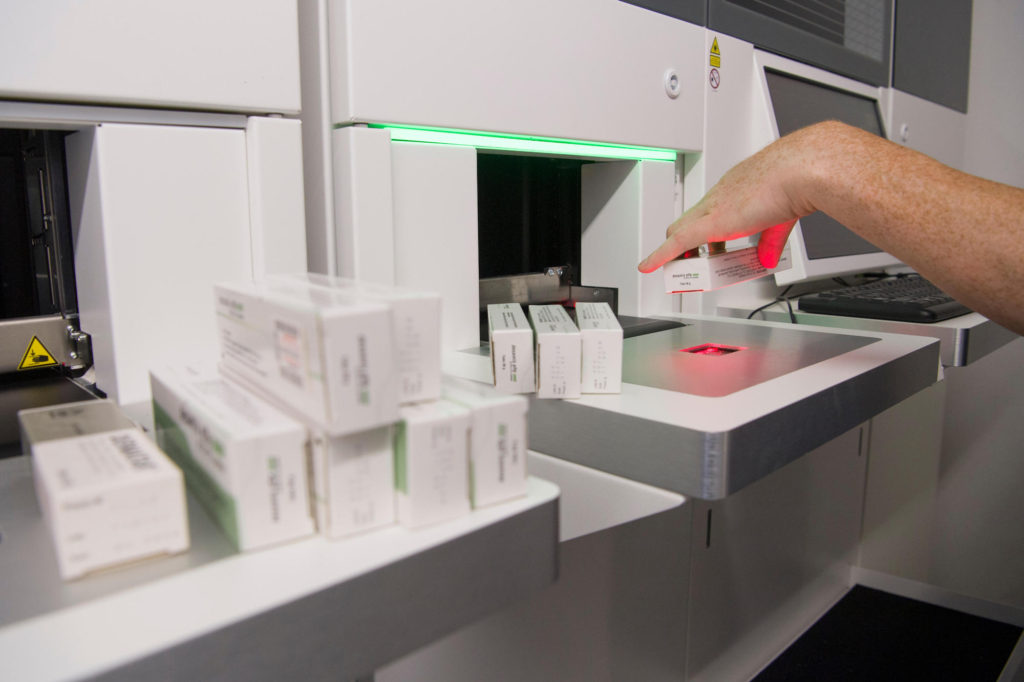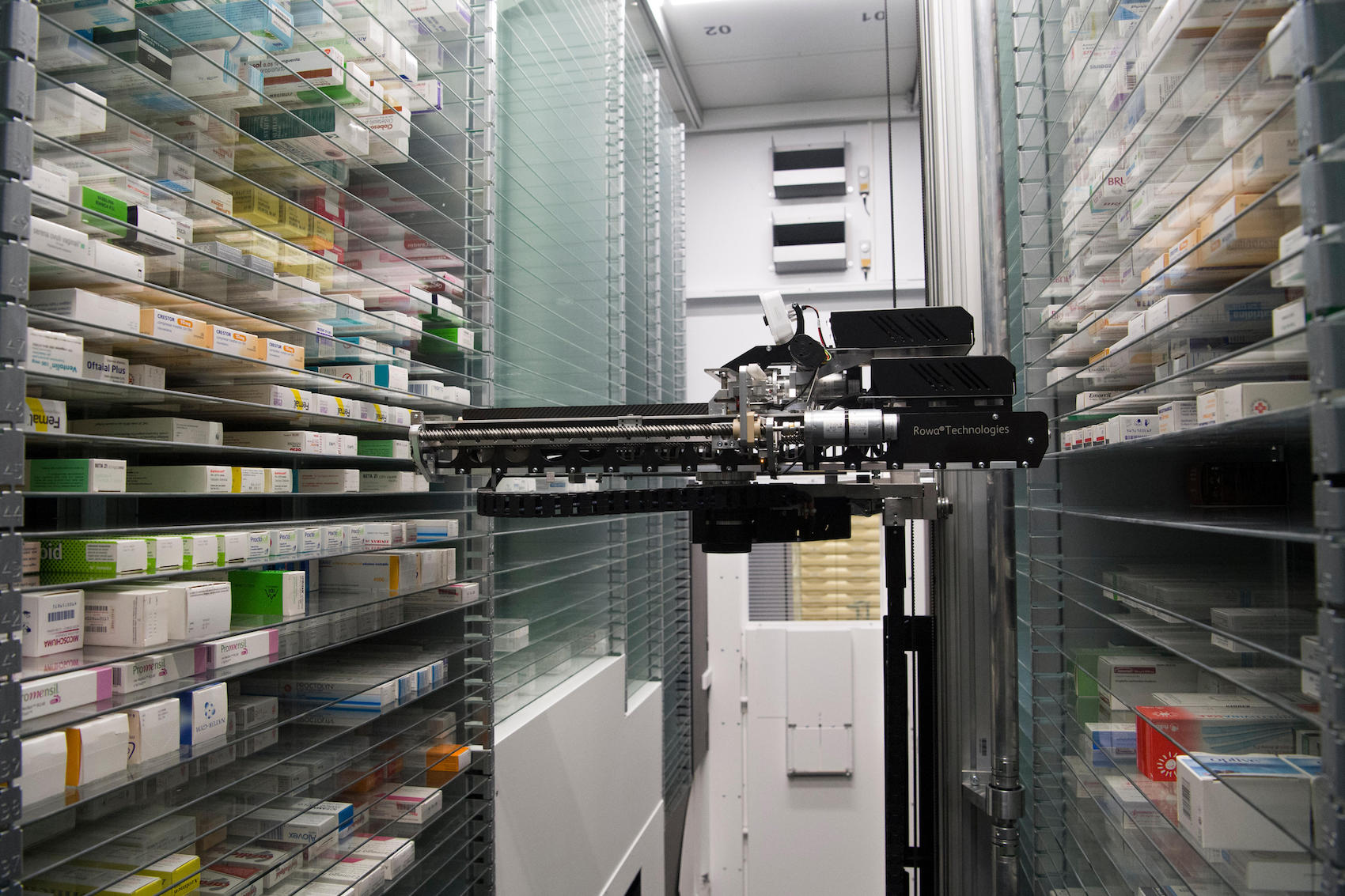VATICAN CITY (CNS) — The 145-year-old Vatican pharmacy has a new hire: a state-of-the-art robot working behind the scenes to manage the stockroom, retrieve medications and deliver the drugs quickly to the sales floor.

The Vatican, which claims to have the busiest pharmacy in the world, recently adopted the new automated system by the Germany-based BD Rowa firm.
The pharmacy’s director, St. John of God Brother Binish Thomas Mulackal, said the automated technology will revolutionize the way they serve some 2,000 customers who come through the doors each day.
Because the pharmacy robot takes in the order, scans for it in storage, picks it up with a mechanical arm and quickly delivers it via a series of conveyer belts, it will allow the pharmacists to remain with the customer at the counter longer to give needed instructions and advice, he told the Vatican newspaper, L’Osservatore Romano, Aug. 25.
The faster delivery system also means customer wait time at the counter can be cut by 30%, he added.

Having a fully automated stockroom means the amount of space set aside for storage can be reduced, freeing up room that can be dedicated to the display and sales floor or to provide new services to customers, Br. Mulackal said.
The system, he said, will track sales and lighten the load when it comes to inputting and inventorying stock. Its optical recognition technology also includes reading when medicines are close to expiring so they will not be dispensed.
Because robots are not 100% immune to electrical or mechanical breakdowns or jams, Br. Mulackal said most problems could be fixed within four hours.
To make sure the robot doesn’t succumb to its own vulnerabilities of viruses, bugs and other hiccups, the software must be updated regularly and correctly, he said.
— By Carol Glatz, Catholic News Service.







